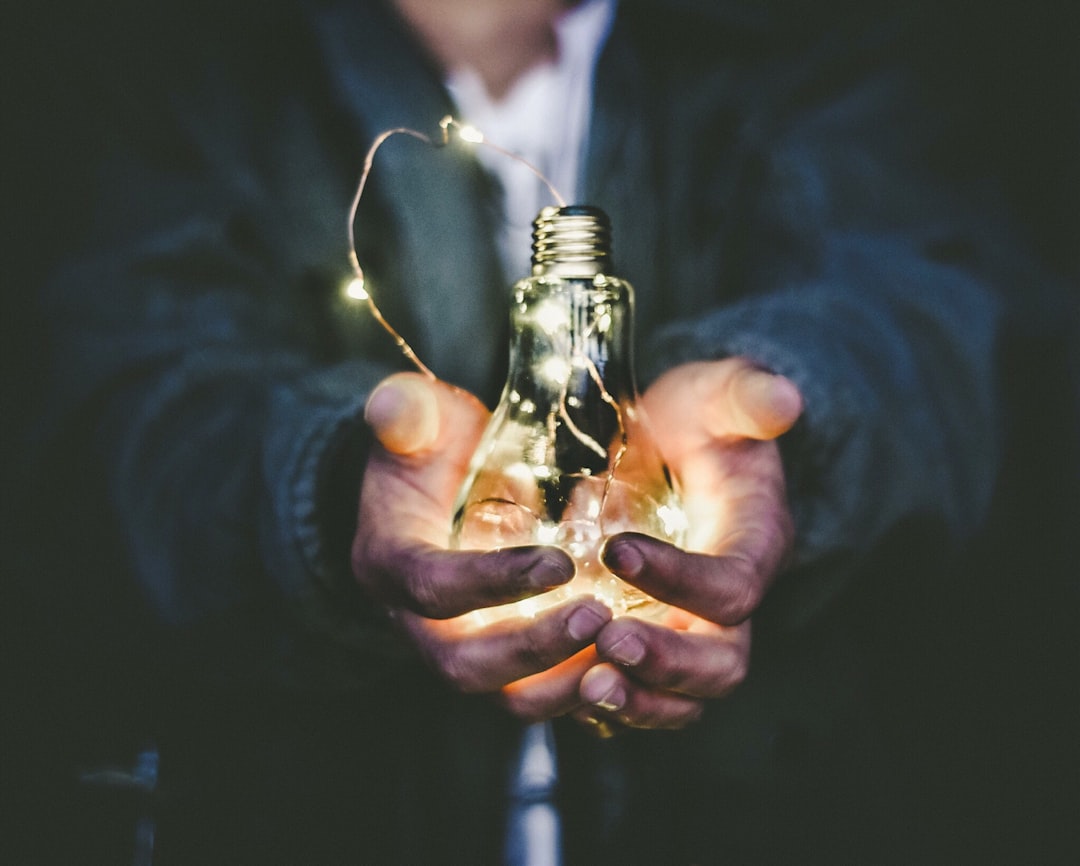What is it about?
Exciting molecules for the purpose of imaging or to initiate chemical reactions can be done via one photon of sufficient energy or via two photons, each photon having half of the energy required for excitation. During the last decades, two-photon excitation has been found to be advantageous because it provides much better three dimensional localization, something that is advantageous for imaging, for example. We found that two-photon excitation of a molecule that acts as a powerful photo base, results in a ~60% greater reactivity, as compared to one photon excitation of the same excited state.
Featured Image

Photo by Andrés Gómez on Unsplash
Why is it important?
Having found greater reactivity upon two-photon excitation is surprising because the way in which the excited state is reached is not considered to make a difference. The surprise implies that there is a gap in our understanding of two-photon excitation. The explanation that is consistent with the data and theory, proposes that two-photon excitation of molecules with large permanent dipoles is more efficient when they are solvated by polar solvent. In the case of the photo base we studied, two-photon excitation favors molecules solvated by H-bonding solvents like methanol, such that those molecules are already predisposed for the proton transfer reaction.
Perspectives
Given the increasing use of two-photon excitation for imaging, photolithography, and photodynamic therapy, it is exciting to see that two-photon excitation can also increase reactivity. Better understanding of this enhancement will likely lead to more efficient two-photon photo reagents.
Marcos Dantus
Michigan State University
Read the Original
This page is a summary of: Isoenergetic two-photon excitation enhances solvent-to-solute excited-state proton transfer, The Journal of Chemical Physics, December 2020, American Institute of Physics,
DOI: 10.1063/5.0020282.
You can read the full text:
Contributors
The following have contributed to this page










